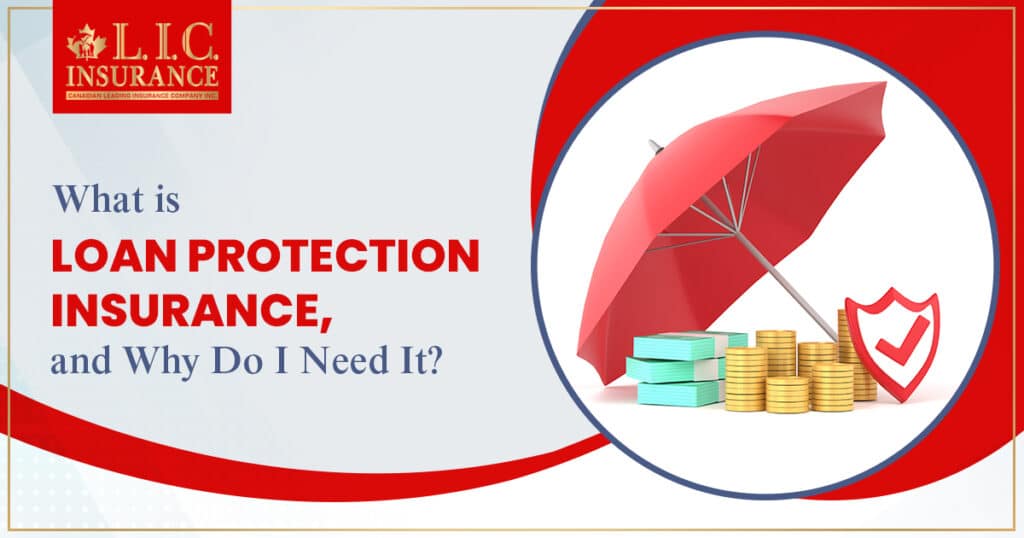How Does Loan Insurance Work? A Complete Guide
Loan insurance (also called credit protection insurance or payment protection insurance) is a safety net that helps borrowers repay their loans if they face unexpected financial hardships. It ensures that loans (such as mortgages, personal loans, or auto loans) are covered in case of death, disability, job loss, or critical illness.
Here’s a detailed breakdown of how loan insurance works:
1. Types of Loan Insurance Coverage
Loan insurance policies vary based on the risks they cover:
A. Life Cover (Death Benefit)
- If the borrower dies, the insurer pays the remaining loan balance to the lender.
- Protects co-borrowers or family from inheriting debt.
B. Disability/Critical Illness Cover
- If the borrower becomes disabled or diagnosed with a critical illness (e.g., cancer, stroke), the insurer covers EMIs for a fixed period (usually 12–24 months).
C. Unemployment Cover
- If the borrower loses their job involuntarily, the insurer pays EMIs for a short period (typically 6–12 months).
- Excludes self-employed or contract workers in most cases.
2. How Loan Insurance Works: Step-by-Step
Step 1: Policy Purchase
- You can buy loan insurance from your lender (often bundled with the loan) or independently (usually cheaper).
- Premiums can be:
- Single Pay (one-time payment)
- Monthly/Annual Premiums (spread over the loan tenure)
Step 2: Claim Process
- If a covered event (death, disability, job loss) occurs:
- Notify the insurer with required documents (death certificate, medical reports, termination letter).
- Waiting Period (30–90 days for unemployment/disability claims).
- Claim Approval – The insurer verifies and either:
- Pays the lender directly (for death claims).
- Covers EMIs for a fixed period (for disability/job loss).
Step 3: Policy Termination
- The policy ends when:
- The loan is fully repaid.
- The borrower cancels it (some policies allow opt-out).
- The maximum coverage period expires (e.g., 24 months for unemployment).
3. Who Needs Loan Insurance?
Loan insurance is most useful for:
✔ Borrowers with no emergency savings (to avoid default).
✔ High-risk professionals (e.g., manual laborers, freelancers).
✔ Those with co-signers (to protect family from debt).
Not necessary if:
✖ You already have life/disability insurance.
✖ You have sufficient savings to cover EMIs.
✖ Your employer provides income protection.
4. Pros & Cons of Loan Insurance
| Pros ✅ | Cons ❌ |
|---|---|
| Prevents loan default | Expensive (adds 1–5% to loan cost) |
| Protects credit score | Limited coverage (e.g., 12–24 months) |
| Peace of mind for family | Many exclusions (pre-existing conditions, self-employment) |
| Tax benefits (in some countries) | Overlap with existing insurance |
5. Alternatives to Loan Insurance
If loan insurance seems costly, consider:
🔹 Term Life Insurance – Cheaper for death coverage.
🔹 Disability Insurance – Better long-term income protection.
🔹 Emergency Fund – Self-insurance with savings.
Final Verdict
Loan insurance works as a short-term safety net for borrowers, but it’s not always the best option. Compare policies, check exclusions, and explore alternatives before buying.

